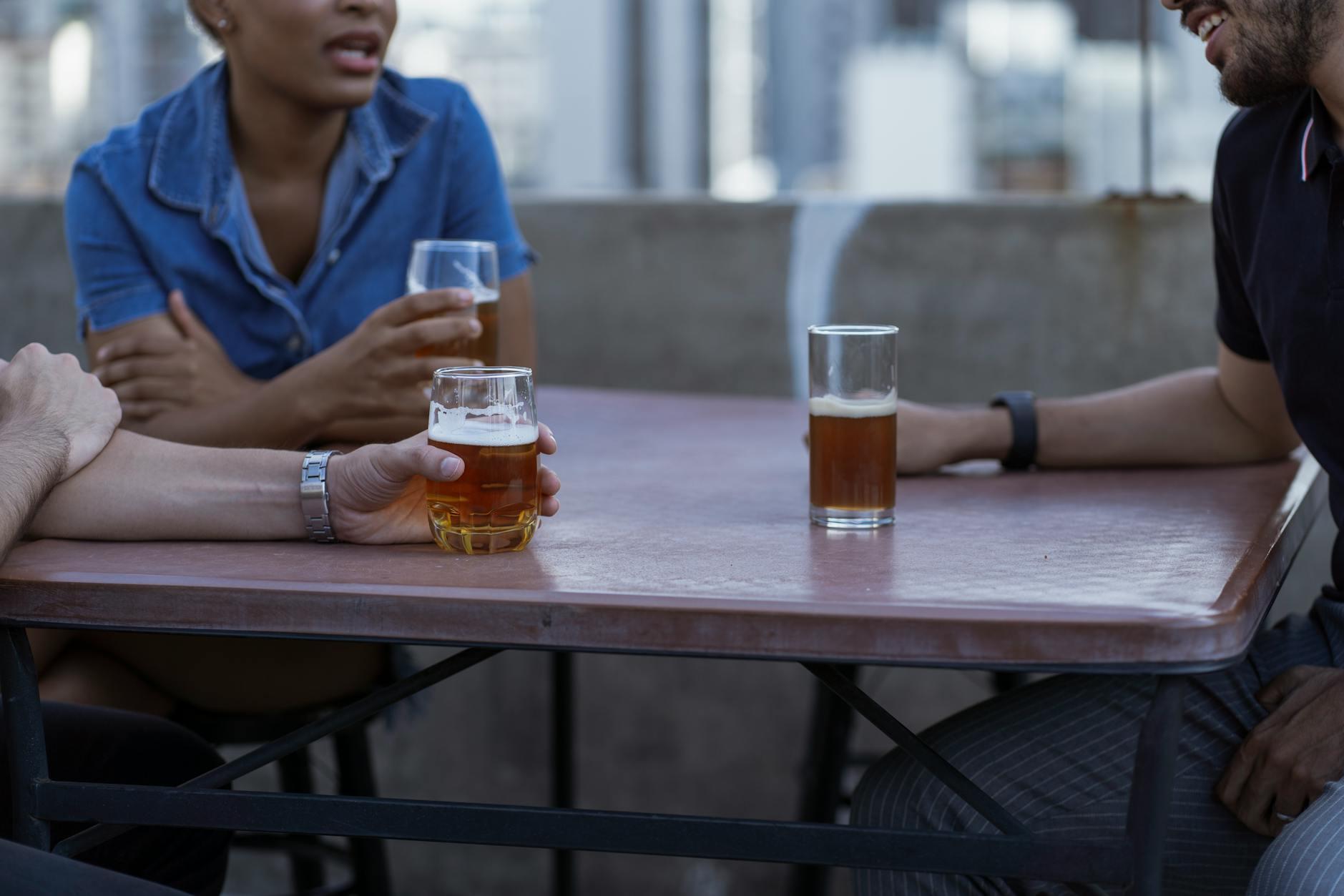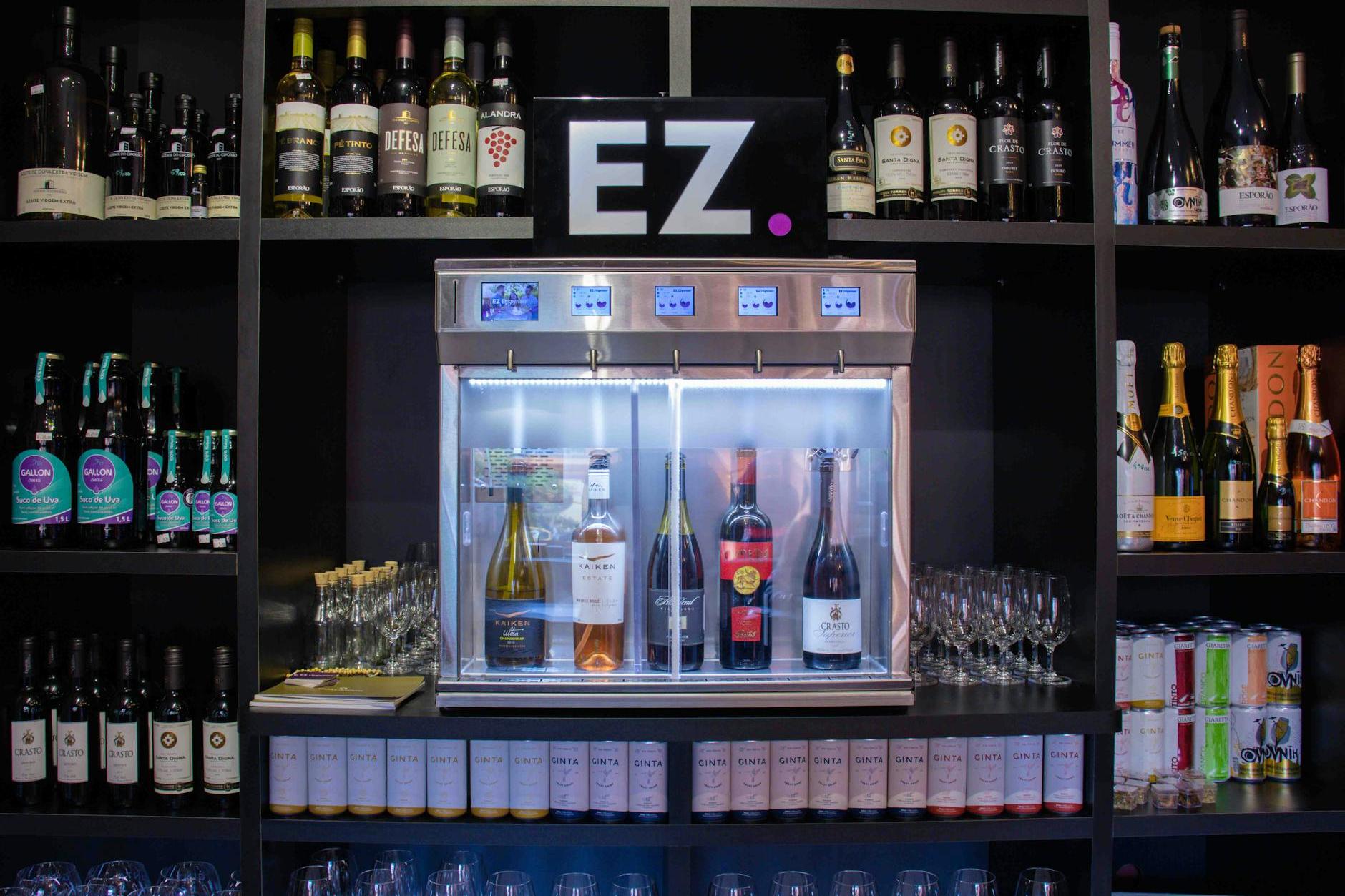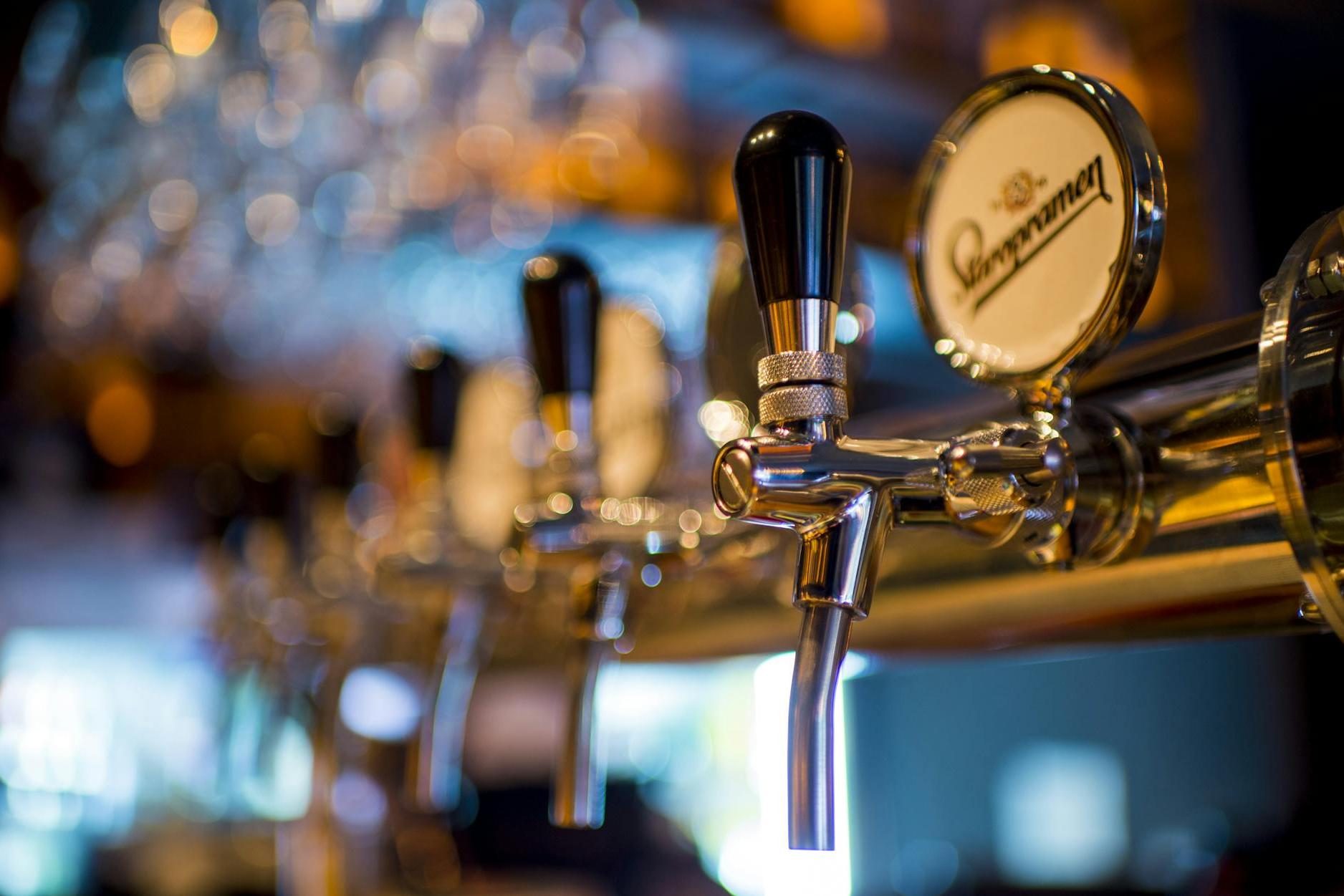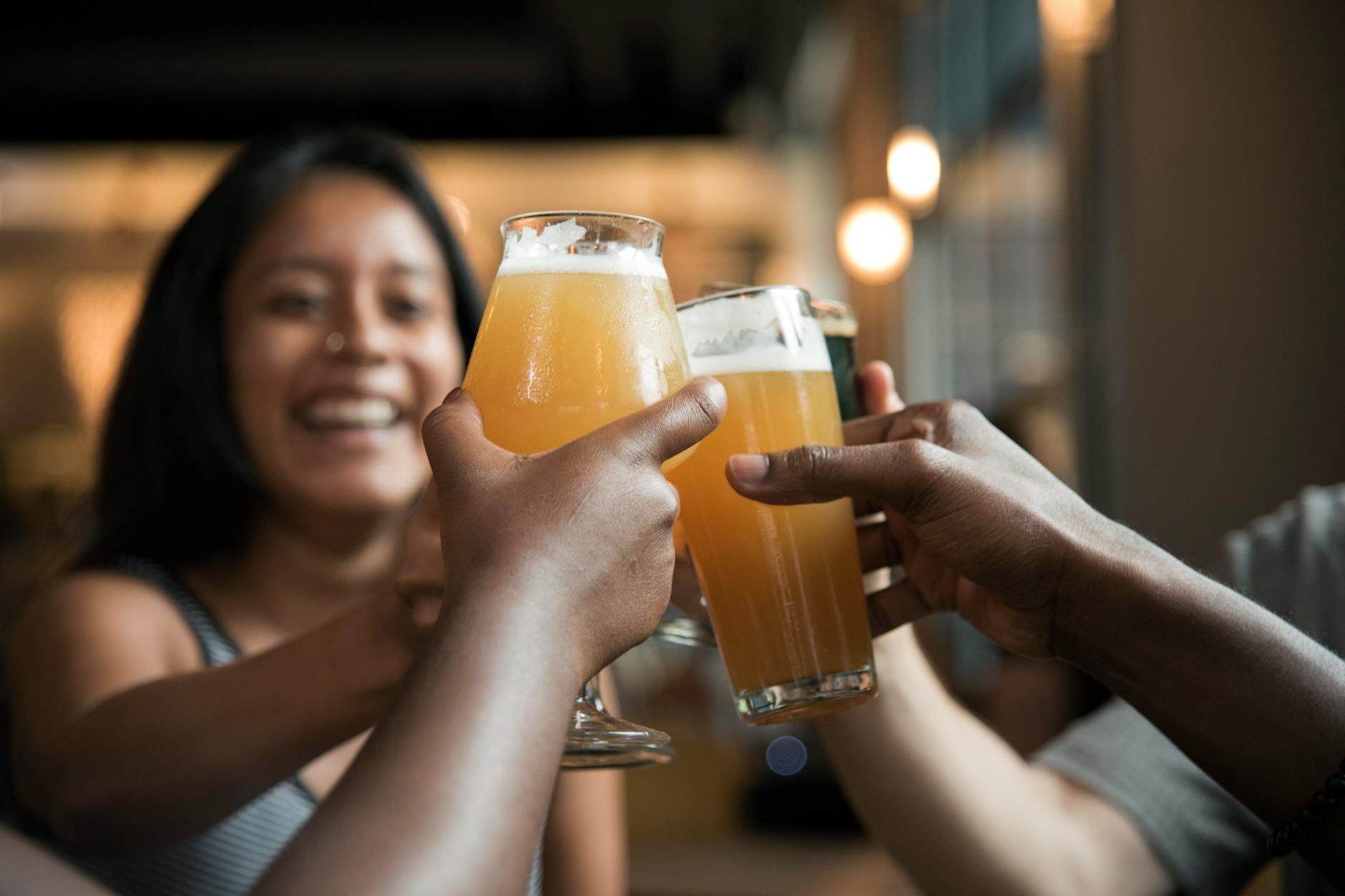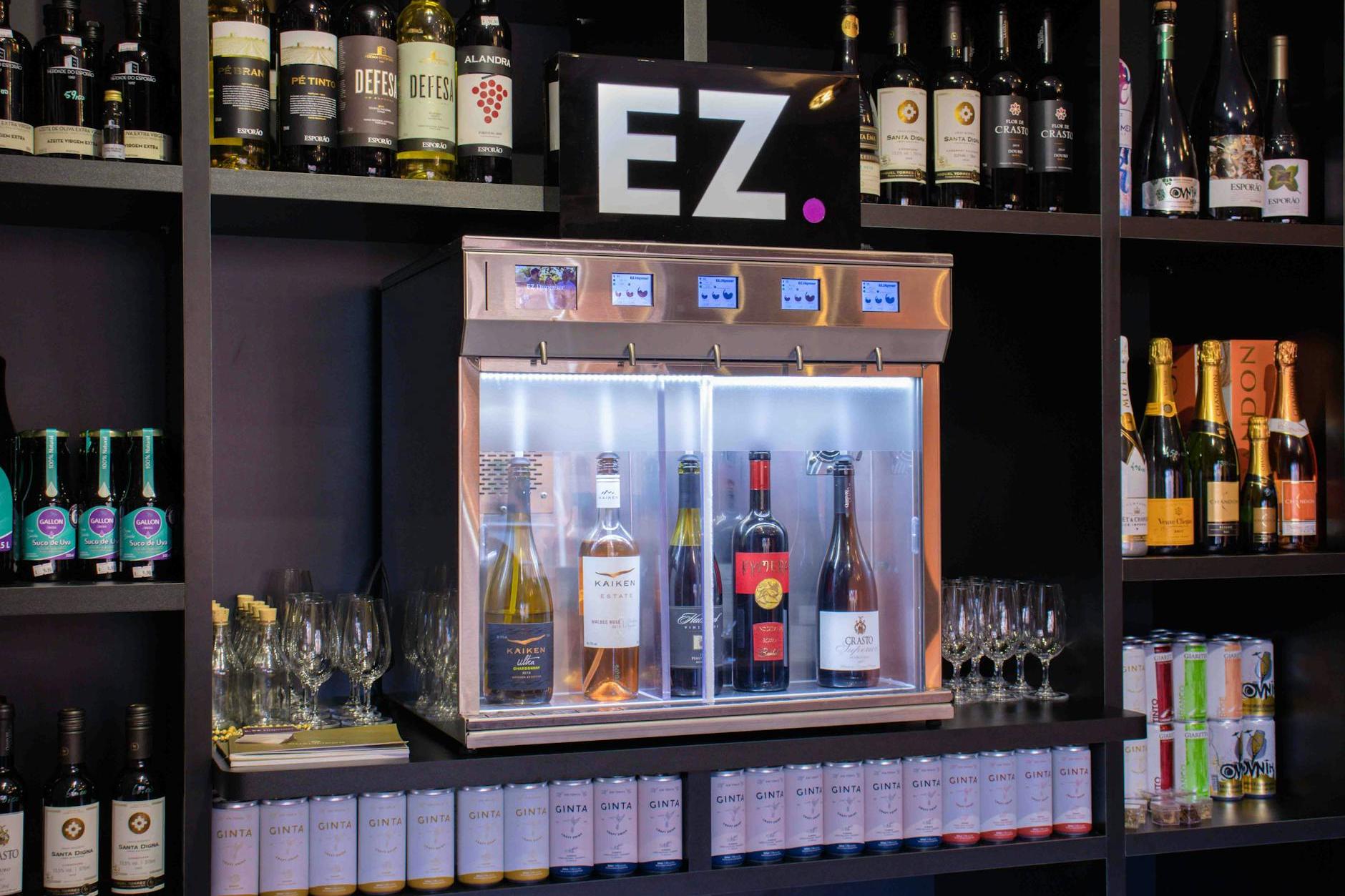- Shanghai Zhongshen International Trade Co., Ltd. - Two decades of trade agency expertise.
- Service Hotline: 139 1787 2118
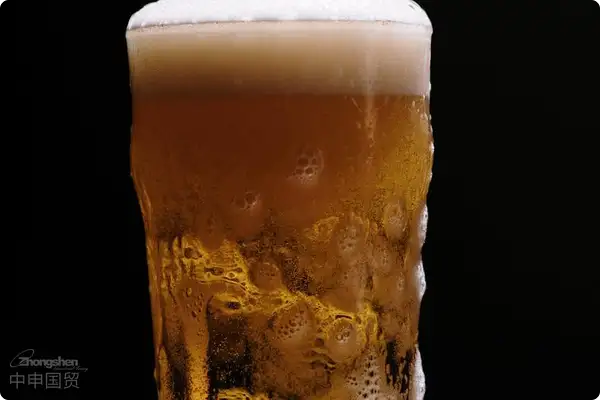
Before opening the bottle, check the "wine label" first—Preparations for Import Qualifications.
Last year, a client brought me a sample of German craft beer, and the "5.8%vol" label on the bottle nearly caused the entire shipment to be held up at customs. To import beer, you first need to secure three essential "permits":
- Food Circulation Permit(Required for the operating unit)
- Registration Form for the Circulation of Alcohol(Issued by the Provincial Department of Commerce)
- Registration number of overseas food production enterprises for imported food(Customs General Administration Registration)
The "Bubble Crisis" in the customs clearance process
Clearing customs with beer is like shaking a bottle—one wrong move and it might "explode." Among the typical cases we've handled, 23% of the issues stem from the Chinese back labels:
| Common error items | Compliance Requirements |
|---|---|
| Original wort concentration labeling | Must use the Plato degree symbol °P |
| Alcohol Content Labeling | The measured value error does not exceed ±0.5% vol. |
| Expiration date format | "See cap/bottle body" – the specific location must be indicated. |
The "Temperature Defense Battle" During Transportation
A certain Belgian Trappist beer once experienced turbidity and sedimentation due to temperature fluctuations in the container. We mitigated the losses through a three-stage temperature control solution:
- Maritime TransportationStage: Maintain 5-8°C throughout the entire process.
- Use a dual refrigeration unit freezer.
- Record the temperature log every 6 hours.
- Port Temporary Storage: Advance Booking for Cold Chain Warehouse
- Domestic distribution: refrigerated truck + GPS temperature control linkage
The "Flavor Code" of Market Positioning
A prime example is the Czech dark beer we helped a client introduce last year, where we achieved a 30% premium through a three-step strategy:
- Pricing based on alcohol content gradient (products below 4.5%vol to be distributed through supermarket channels).
- Unearthing the Origin Story (Notarization of Medieval Brewery Patent Documents)
- Design a sense of ceremony for bottle opening (customized bottle openers paired with sales)
The Pitfalls Weve Encountered Over the Years
The 2023 Spanish beer tariff adjustment incident remains fresh in memory:
- Lesson One:Lock the "Commitment Letter for Applying the Agreement Tariff Rates" upon signing.
- Lesson Two:Reserve a 3% tax fluctuation margin.
- Lesson Three:Pay attention toIt is recommended to verify through the following methods:Book update timeliness
Three questions every beginner must ask.
Q: How to control costs for small trial orders?
Suggested routeChina-Europe Railway ExpressLess than Container Load (LCL), 30 days faster than sea shipping with no port demurrage fees. Last month's case of Polish beer shipment saved a total of 12,000 RMB for 20 pallets.
Q: How to handle products nearing their expiration date?
It is stipulated in the contract in advance that "60 days before arrival at the port." Our partnered bonded warehouse can provide relabeling and date modification services (must comply with Article 67 of the Food Safety Law).
Q: How to avoid cross-regional sales issues?
German wineries now employ a triple-code anti-counterfeiting system: cap inner code + outer box traceability code + customs declaration QR code, enabling flow tracking through blockchain technology.
Related Recommendations
Category case
Get in Touch
Email: service@sh-zhongshen.com
Related Recommendations
Contact via WeChat

? 2025. All Rights Reserved. Shanghai ICP No. 2023007705-2  PSB Record: Shanghai No.31011502009912
PSB Record: Shanghai No.31011502009912
